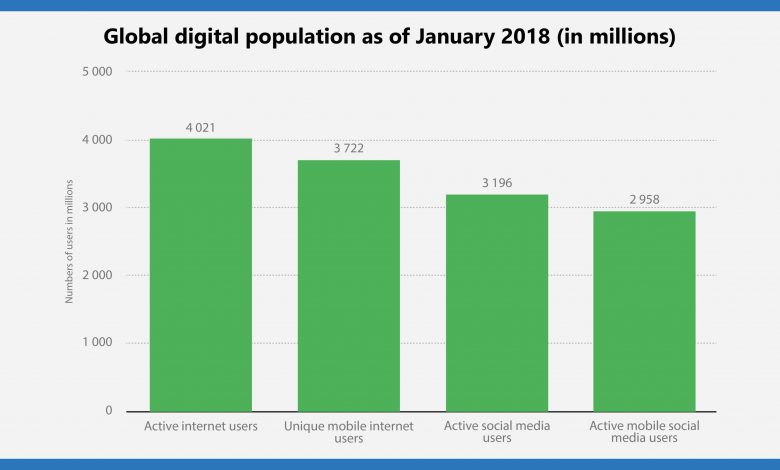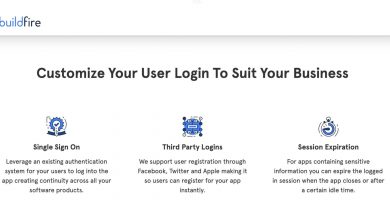The Importance of Usability Testing in Web Design

The Importance of Usability Testing in Web Design
What is Usability Testing?
Usability testing is a crucial step in the web design process that involves evaluating a website or application’s user interface to ensure it is easy to use, intuitive, and enjoyable for its target audience. It involves observing users’ interactions with the website or application to identify any pain points, user experience issues, and areas where improvements can be made.
Why is Usability Testing Important?
1. Enhances User Experience:
Usability testing helps identify any usability issues that may hinder users’ ability to navigate through a website easily. By understanding how users interact with the interface, designers can make informed decisions about layout, navigation, and content presentation, leading to superior user experiences.
2. Increases Conversion Rates:
A user-friendly website that is easy to navigate and understand improves the likelihood of visitors converting into customers. Usability testing enables designers to optimize user flows and eliminate any friction points, resulting in higher conversion rates and improved business outcomes.
3. Saves Time and Money:
By conducting usability testing early in the web design process, designers can identify and address usability issues before they become expensive to fix. This proactive approach helps save time, resources, and costly rework in the long run.
4. Enhances Brand Reputation:
A website that is difficult to use or navigate can leave a negative impression on users, damaging a brand’s reputation. On the other hand, a user-friendly and intuitive website helps build trust, credibility, and positive brand associations.
Frequently Asked Questions (FAQs)
Q: Who should participate in usability testing?
A: Usability testing involves recruiting individuals who are representative of the website’s target audience. It can include existing customers, potential users, or individuals who fit your defined user profiles.
Q: When should usability testing be conducted?
A: Usability testing should ideally be conducted throughout the various stages of web design. It can be done during the prototyping phase, before launch, and even after the website is live to continuously gather user feedback for improvements.
Q: What are the different types of usability testing methods?
A: Usability testing methods include remote testing, in-person testing, moderated testing, unmoderated testing, and A/B testing. Each method has its advantages and is chosen based on project requirements and constraints.
Q: How many users should be involved in usability testing?
A: Although there is no magic number, involving 5-8 users in each testing session can unveil the majority of usability issues. Testing with more users can provide additional insights, but diminishing returns are typically observed after a certain point.
Conclusion
Usability testing plays a crucial role in creating a user-centric and successful website. By understanding how users interact with the interface, designers can optimize the overall user experience, improve conversion rates, save time and money, and enhance brand reputation. To gain valuable insights, it’s important to conduct usability testing consistently throughout the web design process.



